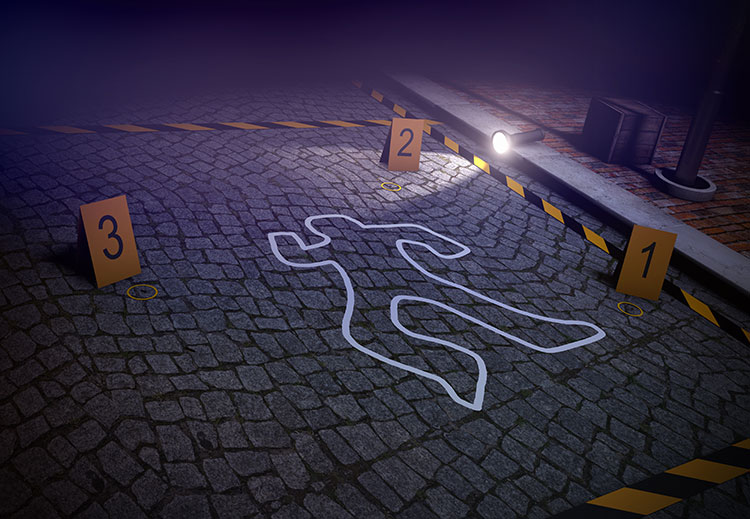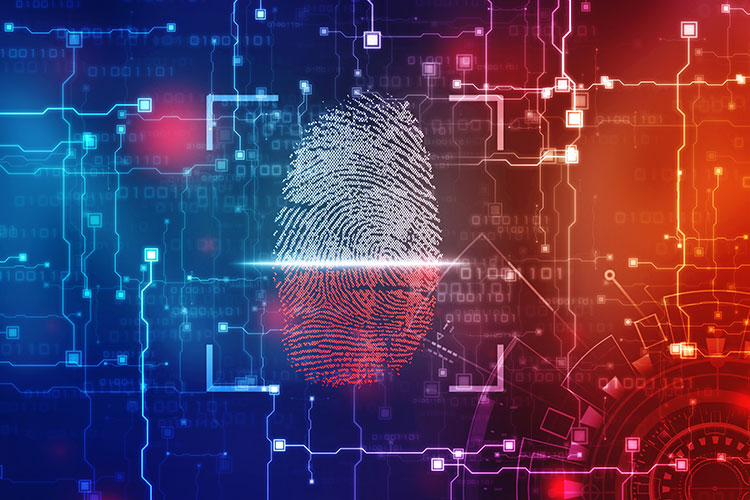legal animation
A visual presentation can effectively demonstrate and reinforce the essential aspects of the expert witness's statement. Not only does this simplify comprehension for the jury, but a skillfully constructed animation can also enhance the emotional bond between the jury and your plaintiff's circumstances.
Forensic animation can serve as a valuable tool during mediation, direct negotiation, and simulated settlement discussions.
The provided visual represents a typical laser scan, displaying discernible larger elements like trees, roads, and buildings, albeit lacking clarity. By employing a computer program, an animator is able to utilize the provided data points in order to produce 3D models.



